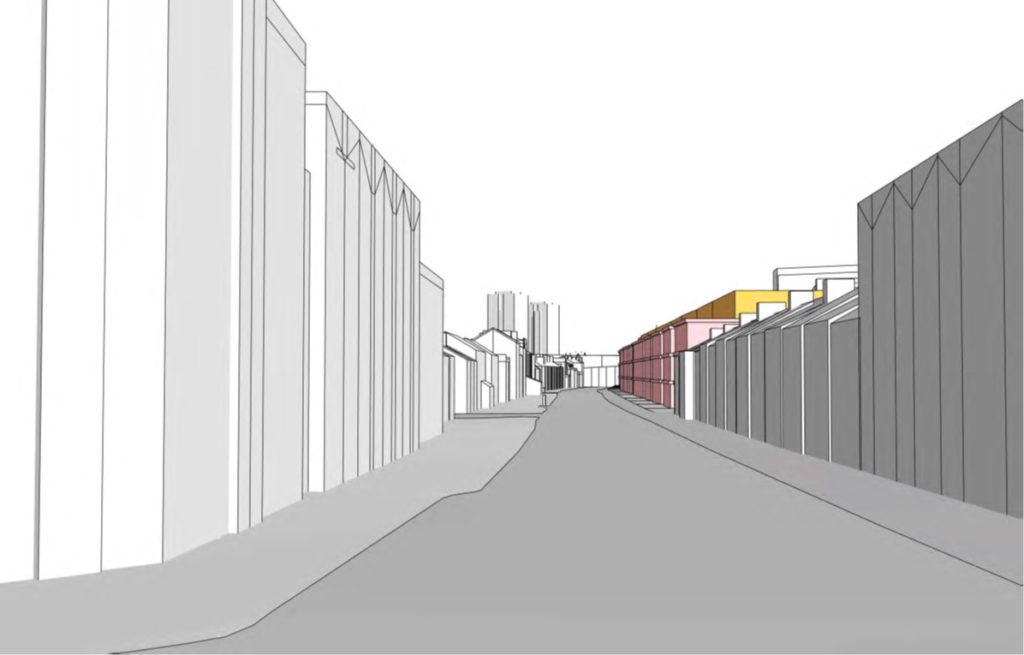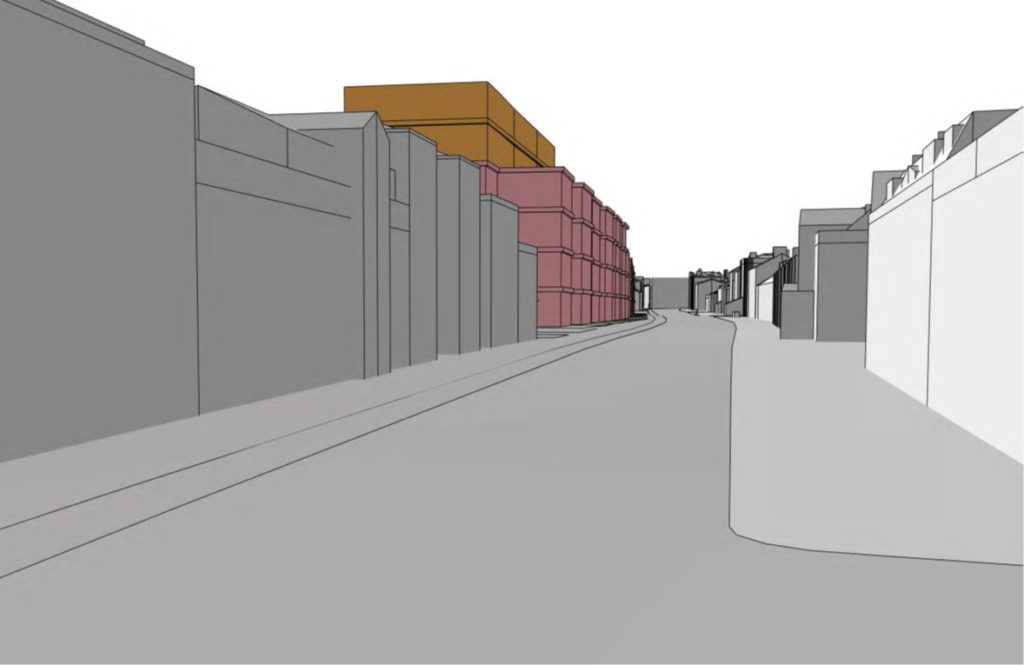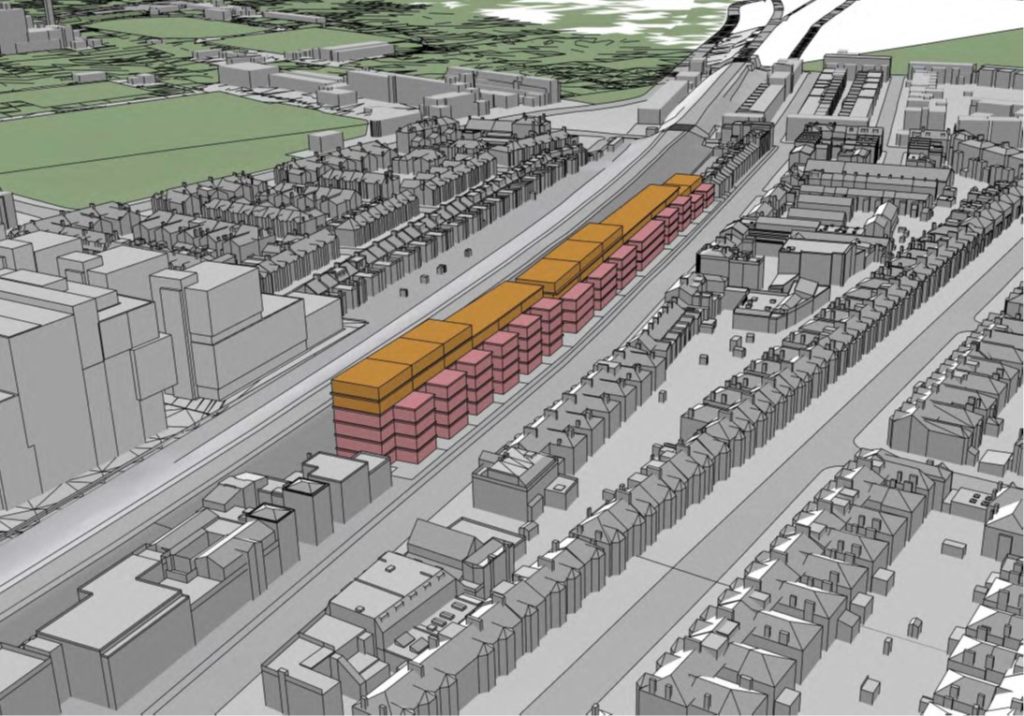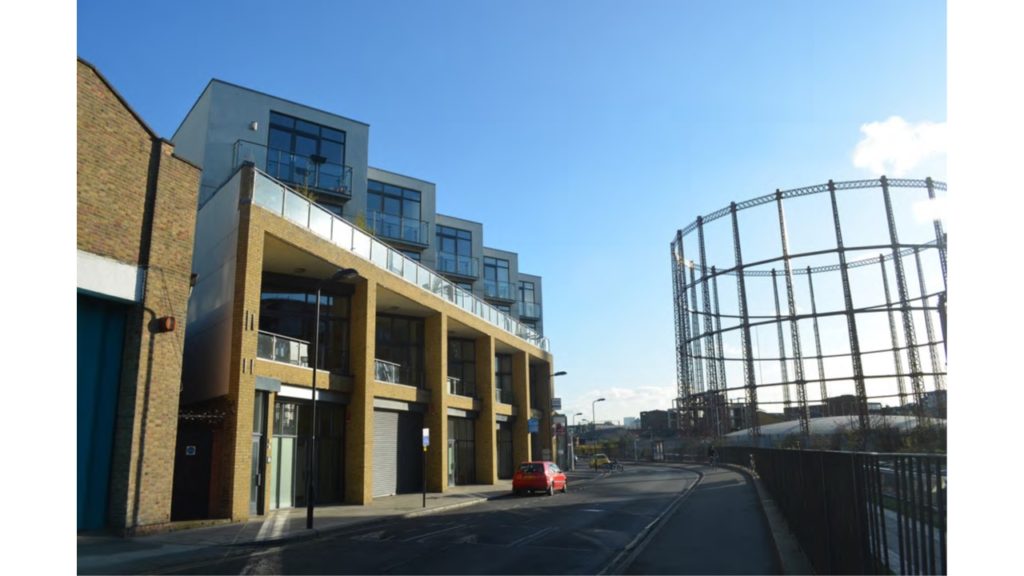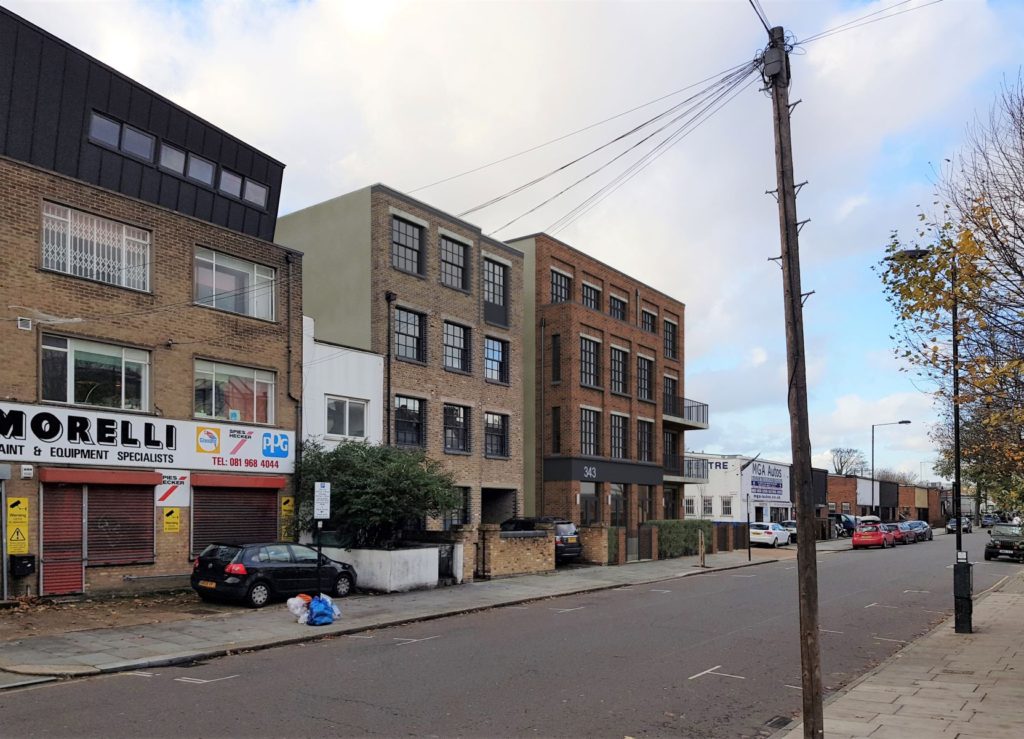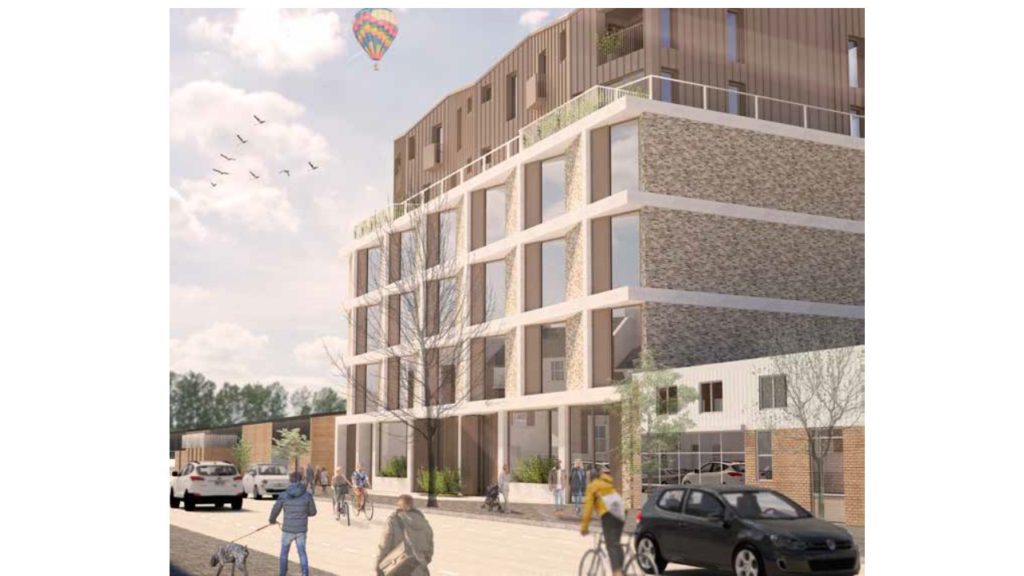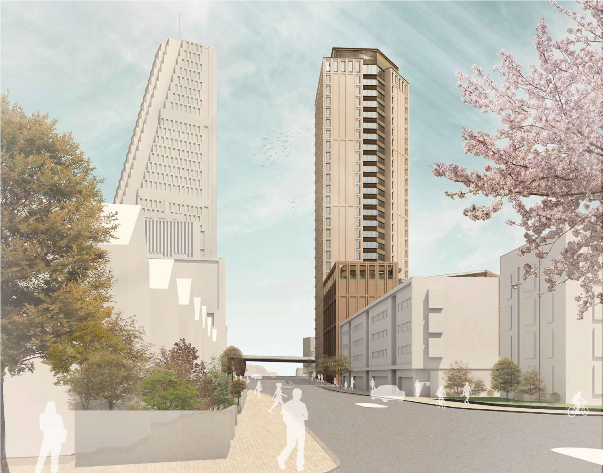The Council has been carrying out an initial consultation on a new Local Plan for the Borough. It was only last year that the current 2019 Local Plan was formally adopted, but the Planning Inspector involved was willing to endorse this version only if the Council committed to make an early start on a new Plan. This was because RBKC changed its plans for delivering new housing and following the Grenfell fire dropped a series of half completed plans for ‘estate renewal’ of the Silchester Estate and others..
Starting on a new Local Plan is made more complicated by the fact that the Government published proposals in August, for a radical rethink of the English planning system. See our earlier post. There has been significant push back to this White Paper The Future of Planning from local councils of all political persuasions. For London, the idea that all land can be ‘zoned’ in Local Plans and subsequent stages of planning permission simplified and streamlined is viewed with scepticism.
It is early days yet to know how far these new proposals will pursued by a Government with many other problems on its plate. Meanwhile the RBKC consultation on changes that it should introduce in its own Local Plan is open until November 10th. See the New Local Plan section of the RBKC website.
The StQW/SHRA management committee has put together a draft response, to send into the Council. We think that the ‘Issues’ document published by the Council is clear and helpful. It includes a series of questions and we have responded to these with our views. A draft of our response can be downloaded below:
We would welcome further views from StQW and St Helens Residents Association members. Please send these to info@stqw.org or to sthelensassn@aol.com. We will be sending in a final response on November 10th.
